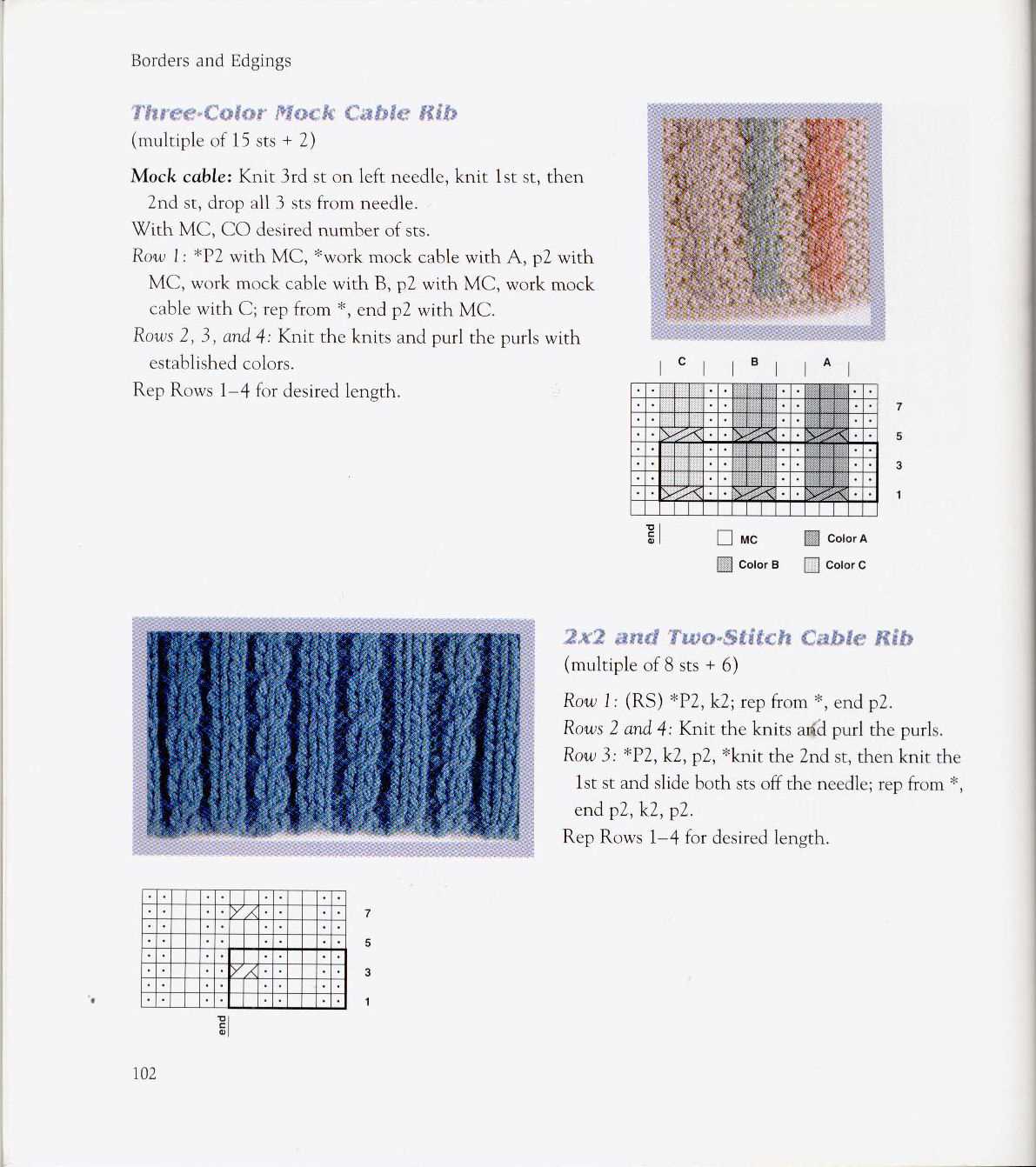
Knitting is not only a practical hobby for creating warm and cozy garments but also a creative outlet for adding personal touches to your creations. One way to make your knitted items truly unique is by incorporating embellishments into your patterns. These embellishments, such as cables, bobbles, and lace, can add charm and personality to your projects, elevating them from simple knitted items to works of art.
Embellishments can be used to add texture, visual interest, or even tell a story within your knitted pieces. Whether you’re knitting a sweater, scarf, hat, or any other project, there is a wide variety of embellishments patterns for you to choose from. You can choose from traditional patterns that have been used for centuries or explore contemporary patterns that push the boundaries of knitting.
One popular embellishment pattern is cables, which create the illusion of twisted ropes running through your knitted fabric. Cables can be simple or intricate, adding depth and dimension to your project. They can be used in various ways, such as creating a center panel on a sweater or accenting the cuffs and hem of a hat or scarf. Knitting cables requires some additional skills, such as using a cable needle or working from a chart, but the end result is well worth the effort.
Another popular embellishment pattern is bobbles, which are small, raised areas of knitted fabric. Bobbles can be used to create a playful and whimsical effect on your projects. They can be strategically placed to resemble flowers, polka dots, or any other desired shape. Knitting bobbles requires some extra stitches and turning your work, but the result is a delightful texture that adds a touch of fun to your knitted items.
Lace is yet another beautiful embellishment pattern that can add elegance and delicacy to your knitted projects. Lace patterns consist of a series of yarn overs and decreases that create intricate and openwork designs. Lace can be used to create delicate shawls, airy scarves, or even add a touch of elegance to the edges of your sweaters and cardigans. Knitting lace requires attention to detail and concentration, but the reward is a breathtaking piece that will surely catch everyone’s eye.
Knitting Embellishments Patterns
Knitting embellishments add a touch of charm and personality to any knitted project. Whether you’re looking to jazz up a simple sweater or add a unique detail to a hat, there are countless embellishments patterns to choose from. These patterns range from simple stitches to intricate designs, allowing you to customize your knitting projects to suit your style and preferences.
One popular embellishment pattern is the cable stitch. This technique creates a twisted, rope-like design that adds texture and depth to your knitting. Cables can be used to create a variety of patterns, including intricate braids and simple twists. They can be added to the front of a sweater or hat, or used to create a border or edging.
Another embellishment pattern is the bobble stitch. Known for their cute and playful appearance, bobbles are small, rounded bumps that can be added to any knitted fabric. They can be used to create polka dot patterns, add texture to a scarf or hat, or even create small shapes or letters. Bobbles are created by knitting several stitches into the same stitch and then knitting them together, creating a raised bump on the fabric.
For a more delicate and feminine touch, lace embellishments patterns are popular. Lace stitches create an open and airy fabric, perfect for adding a touch of elegance to shawls, gloves, or socks. These patterns typically involve knitting yarn overs and decreases to create the lace effect. Lace embellishments can be used to create intricate designs or simple motifs, depending on your skill level and preference.
Overall, knitting embellishments patterns allow you to add your personal touch to your knitted items. Whether you prefer simple textures or intricate designs, there is a pattern out there to suit your taste. The key is to experiment, have fun, and let your creativity shine through in your knitting projects.
History of Knitting Embellishments
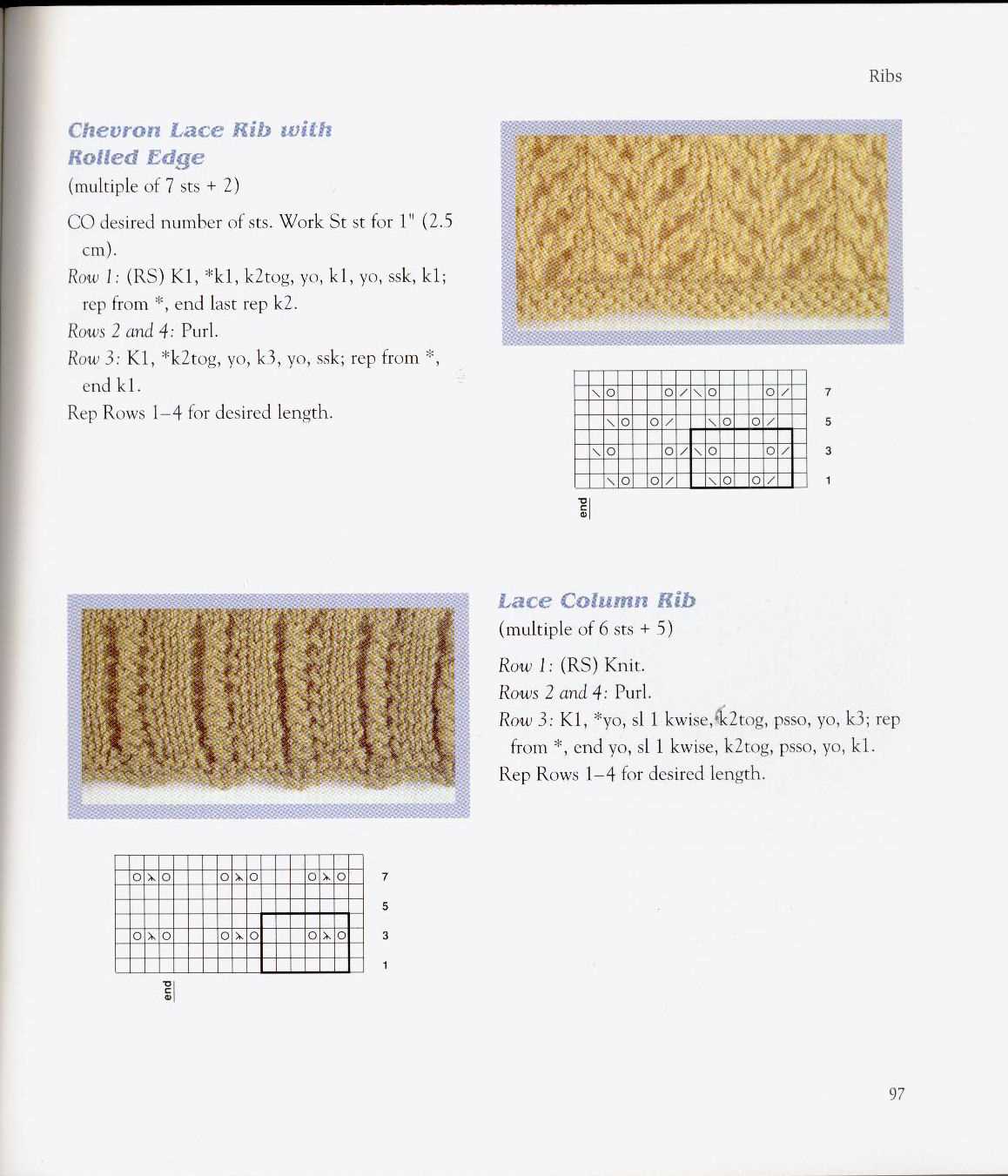
Knitting has been around for centuries, with evidence of knitted items dating back as far as the 11th century. Over time, knitters have discovered various ways to add embellishments to their creations, allowing them to express their creativity and personalize their work. From basic stitches and patterns to intricate motifs and designs, knitting embellishments have evolved and adapted to the changing trends and fashions of each era.
One of the earliest forms of knitting embellishments was the use of different colored yarns to create patterns and designs. This technique, known as stranded knitting or Fair Isle knitting, originated in the Shetland Islands. Knitters would use multiple colors and carry the unused yarns along the back of the work, creating beautiful and intricate motifs.
As knitting became more popular and accessible, new techniques and embellishments emerged. Lace knitting, which involves creating delicate and intricate patterns using yarn overs and decreases, gained popularity in the 18th century. This technique allowed knitters to add a touch of elegance and femininity to their garments.
In the 20th century, knitting embellishments took on a more playful and experimental approach. Knitters began incorporating beads, sequins, embroidery, and appliqué into their projects, adding texture and sparkle to their designs. These embellishments allowed knitters to create unique and one-of-a-kind pieces that stood out from the crowd.
Today, knitting embellishments continue to evolve with the use of technology and new materials. Knitters can now incorporate LED lights, conductive threads, and even motion sensors into their creations, creating interactive and innovative works of art. The possibilities for knitting embellishments are endless, and each knitter can explore and experiment with different techniques to add their personal touch to their projects.
How to Choose the Right Yarn for Your Embellishments
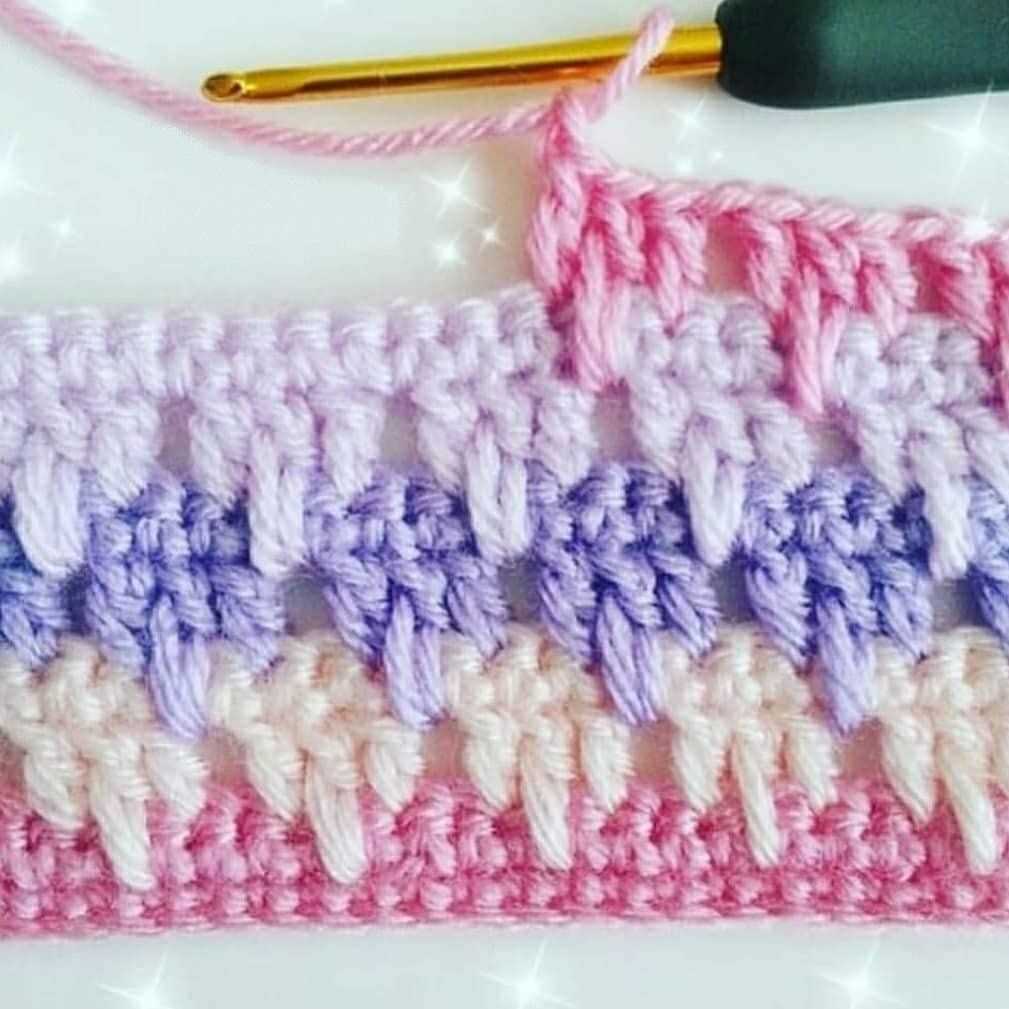
Choosing the right yarn for your embellishments is crucial to achieving the desired result. Whether you are adding a simple embellishment to a project or creating an intricate design, the yarn you choose will greatly affect the overall look and feel of your finished piece. Here are some factors to consider when selecting yarn for your embellishments:
Fiber Content:
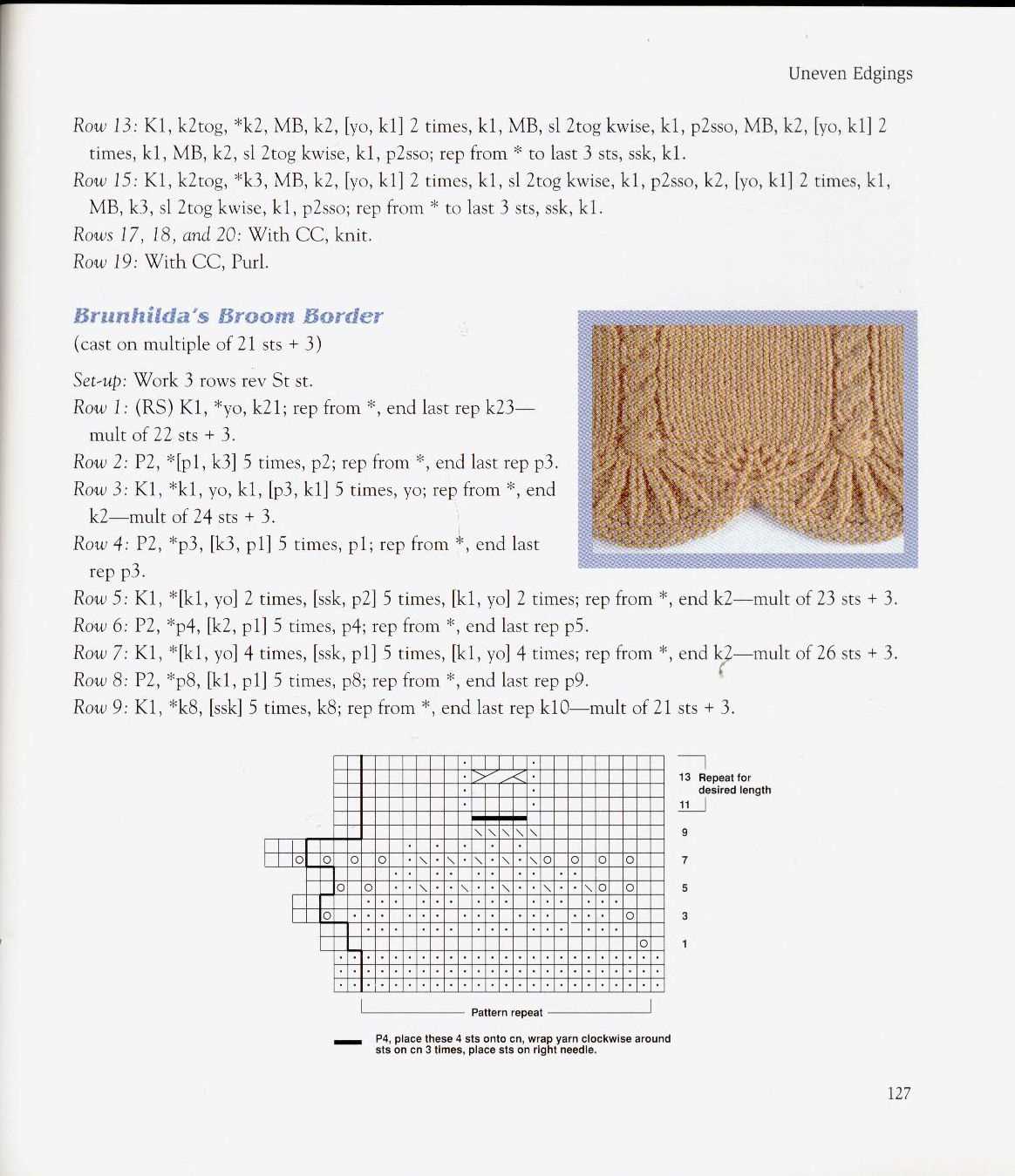
The fiber content of the yarn can play a significant role in the appearance and durability of your embellishments. Some fibers, like wool or acrylic, may provide more elasticity and hold their shape well, making them ideal for intricate designs that require structure. Other fibers, such as cotton or silk, may lend a softer and more delicate touch to your embellishments. Consider the specific qualities you want your embellishments to have and choose a yarn that aligns with those needs.
Weight:
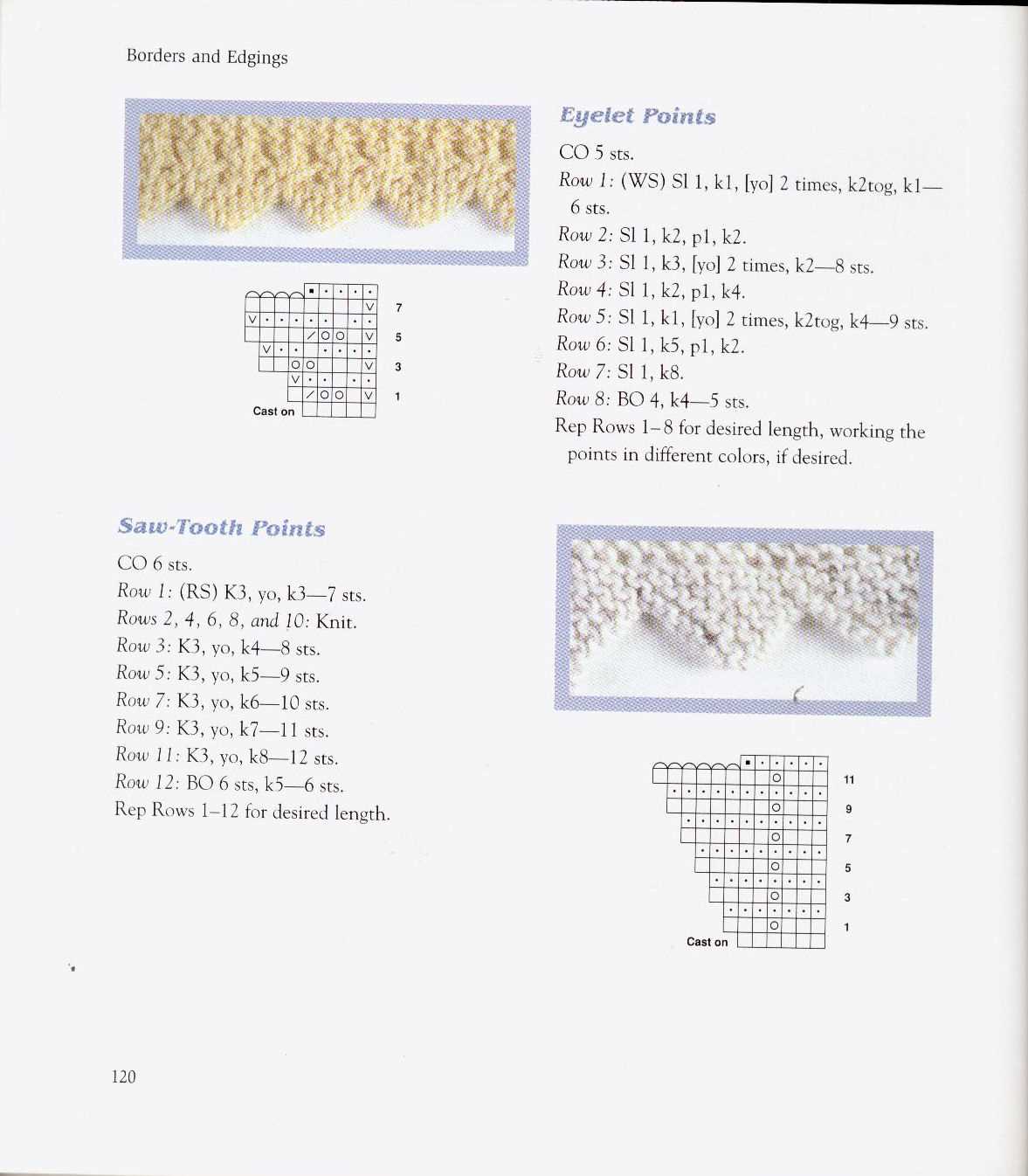
The weight of the yarn is another important factor to consider. Different weights of yarn can create different effects and textures in your embellishments. Thicker yarns, like bulky or super bulky, can create bold and chunky embellishments, while thinner yarns, like lace or fingering, can produce delicate and intricate details. Consider the size and scale of your embellishment project and choose a yarn weight that complements your design goals.
Color and Texture:
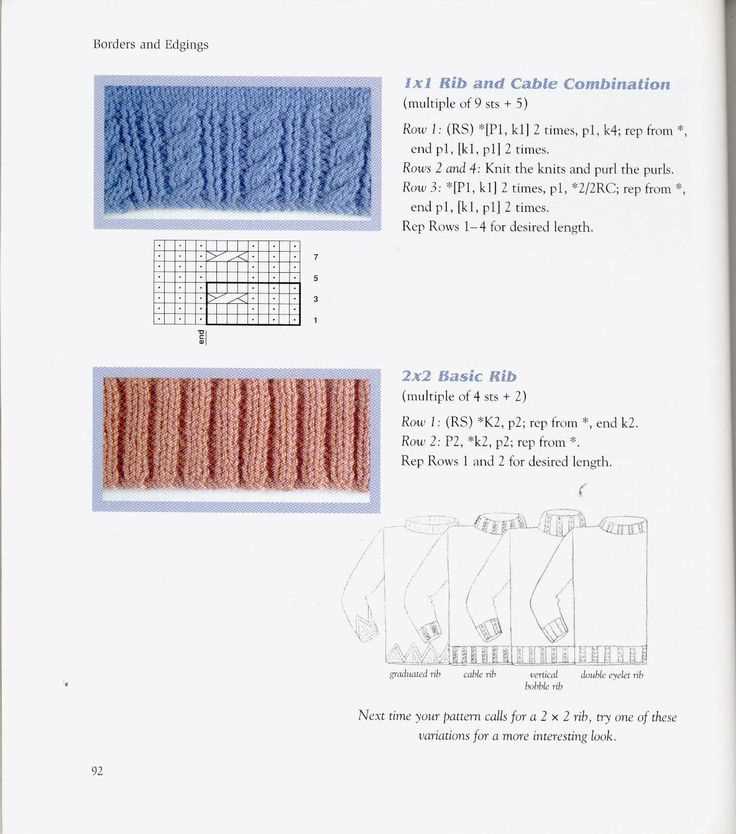
The color and texture of the yarn can greatly impact the visual appeal of your embellishments. Consider the overall color palette of your project and choose yarn that either complements or provides contrast to the existing colors. Additionally, think about the texture you want to achieve. Some yarns may have a smooth and even texture, while others may have a more textured or boucle appearance. Experiment with different yarns to see how they enhance the desired aesthetic of your embellishments.
Compatibility with the Base Yarn:
When choosing yarn for embellishments, it is important to consider how well it will work with the base yarn of your project. The two yarns should be compatible in terms of weight, fiber content, and texture. If the base yarn is delicate and fine, choose a yarn for embellishments that won’t overpower or weigh down the overall piece. Similarly, if the base yarn is thick and textured, consider using a yarn that will complement and enhance the existing texture without overshadowing it.
By considering these factors and experimenting with different yarns, you can select the perfect yarn for your embellishments and bring your creative vision to life. Remember to take into account the specific needs and goals of your project, and most importantly, have fun and enjoy the process of adding beautiful embellishments to your knitting projects!
Basic Knitting Techniques for Embellishments
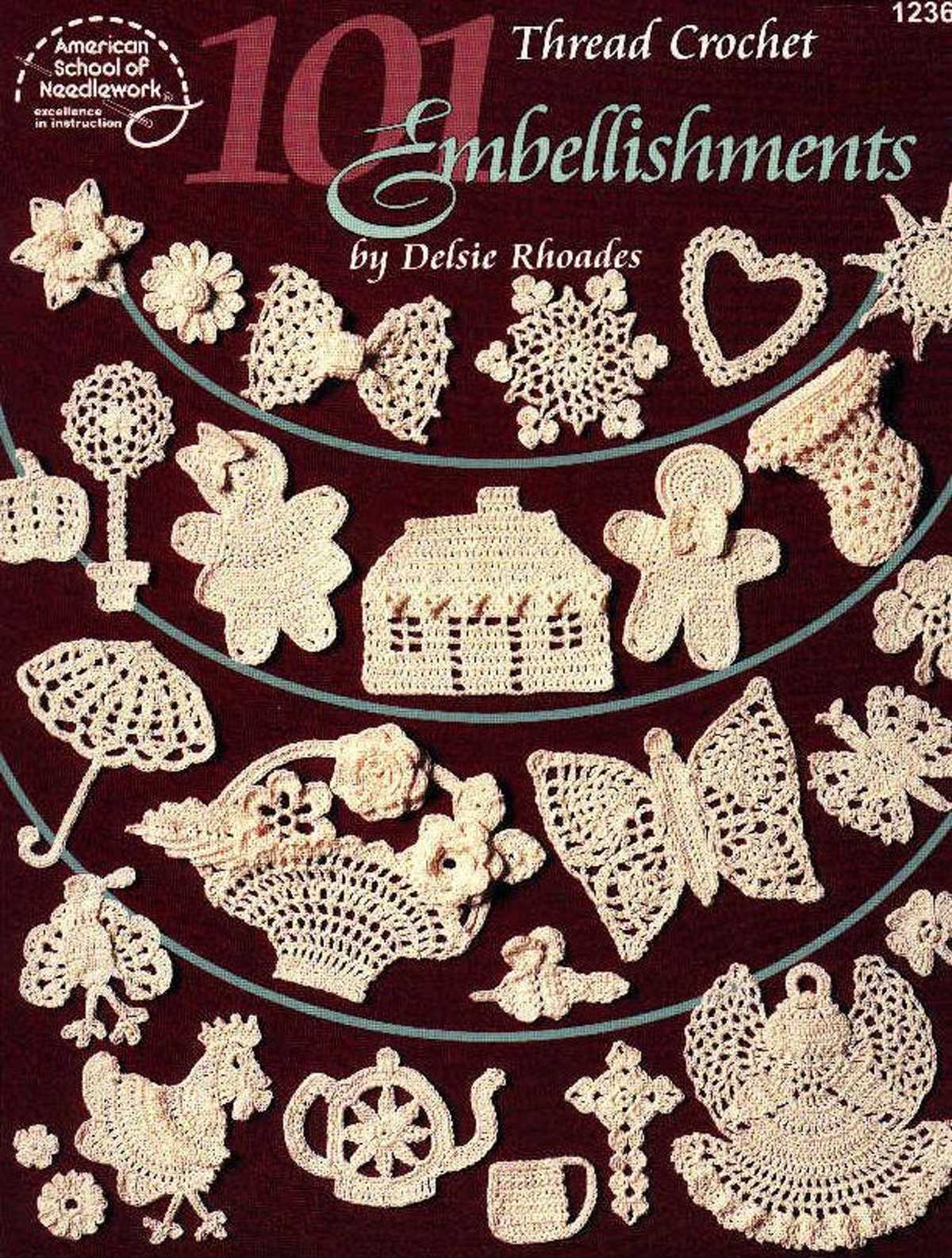
Adding embellishments to your knitting projects can take them from basic to stunning. Whether you want to add a touch of lace, create intricate cables, or include eye-catching colorwork, mastering basic knitting techniques is essential. Here are a few techniques to get you started on your embellishment journey.
1. Lace
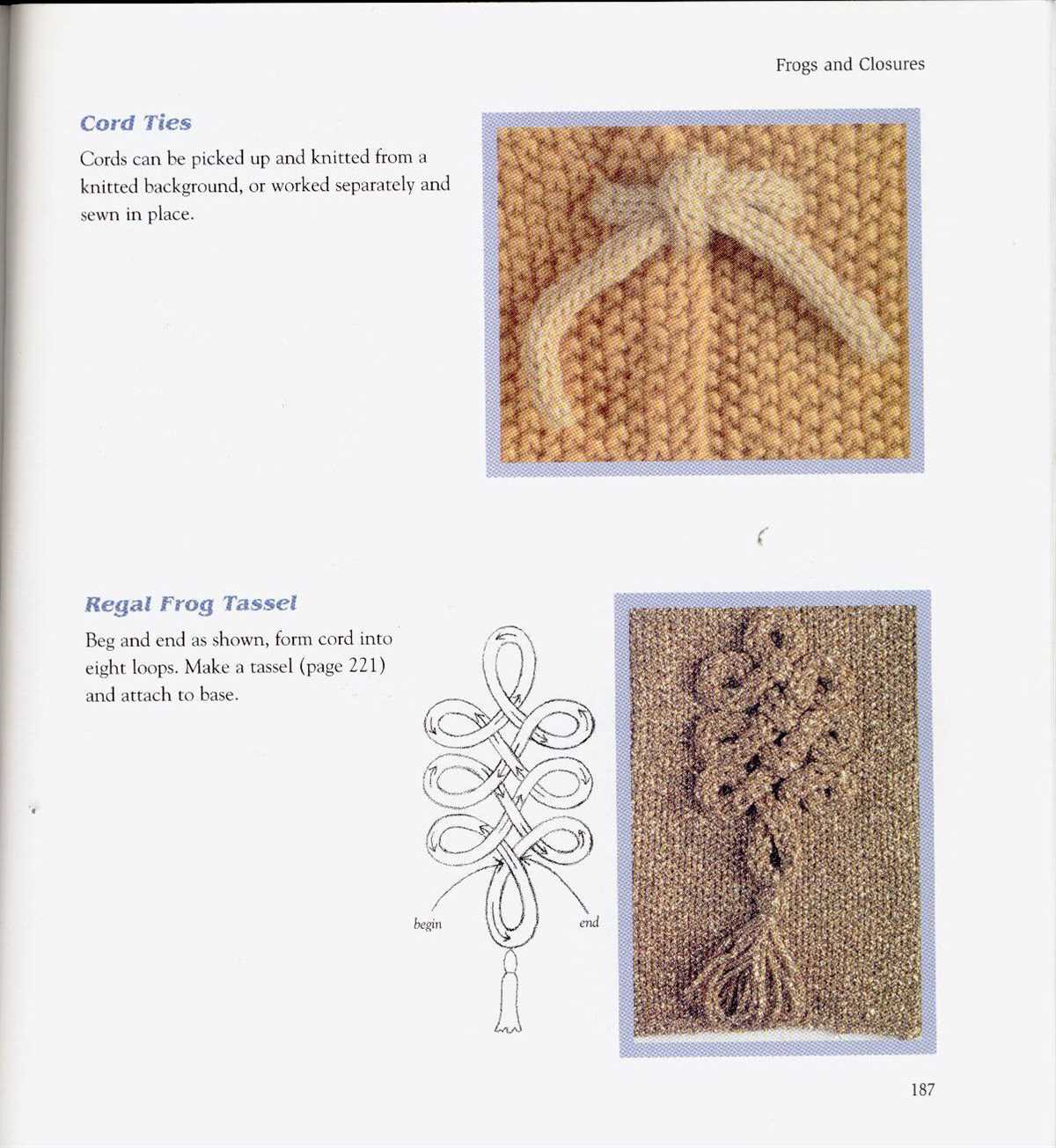
Lace knitting is a beautiful way to add delicate and airy embellishments to your projects. To create lace, you will need to learn how to decrease and increase stitches, as well as read lace charts. There are various lace patterns available, ranging from simple to complex, so you can find one that suits your skill level and design preferences.
2. Cables
Cables add texture, depth, and visual interest to your knitting. This technique involves crossing stitches over each other to create twisted designs. To create cables, you will need a cable needle or you can also use the technique of knitting without a cable needle. By learning how to manipulate stitches and work them out of order, you can create breathtaking cable patterns.
3. Colorwork
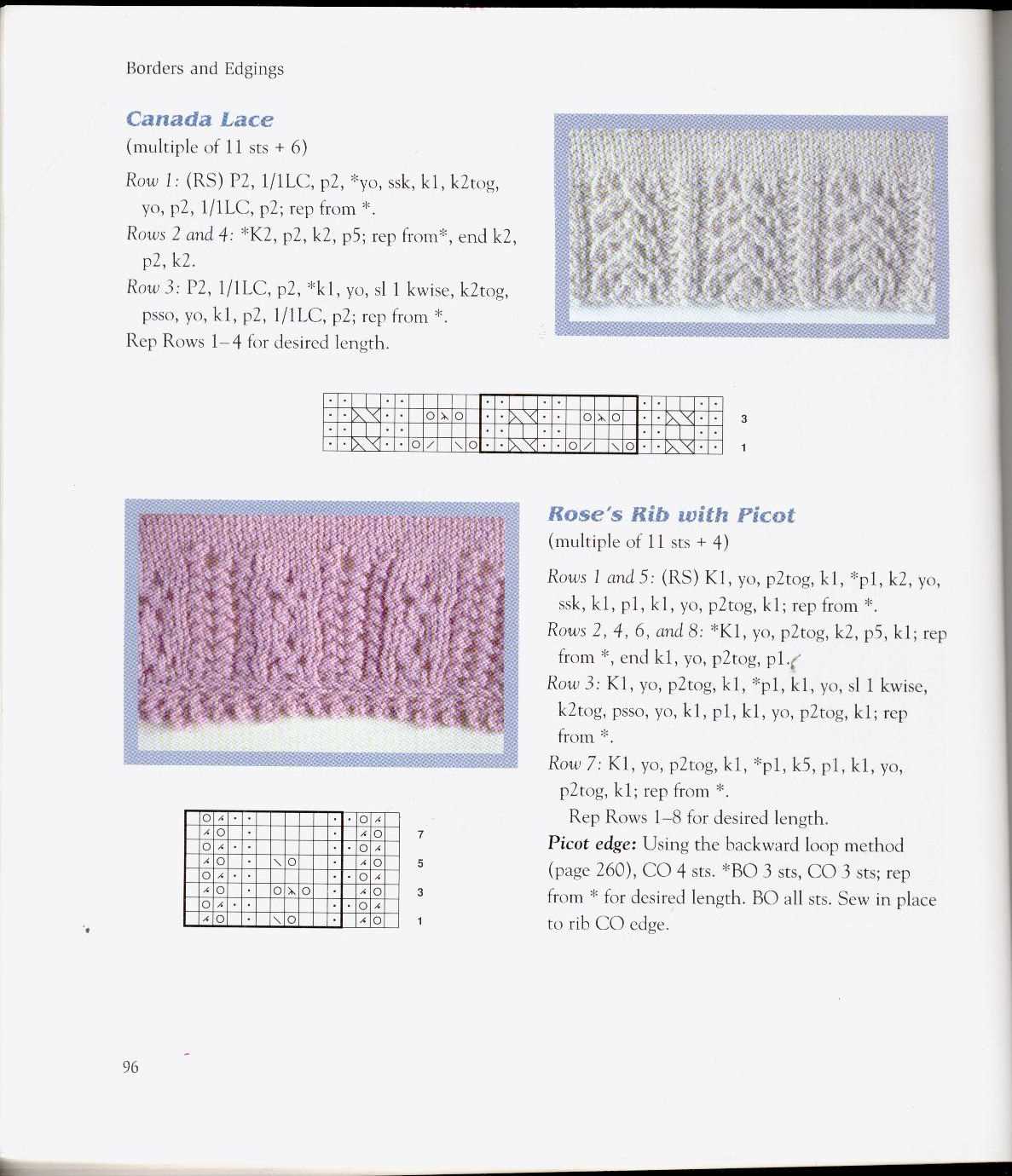
Colorwork, such as fair isle or intarsia, allows you to incorporate multiple colors into your knitting. Fair isle involves working with two colors in the same row, while intarsia involves working with multiple colors by using separate bobbins or balls of yarn for each color section. By mastering colorwork techniques, you can create intricate designs and patterns on your knitted projects.
4. Beading
Adding beads to your knitting can add a touch of elegance and sparkle. Beads can be incorporated into your knitting by slipping them onto the stitch before knitting it or threading them onto the yarn and incorporating them into the stitch. Beads come in various sizes and colors, allowing you to customize your project’s embellishments to your liking.
These basic knitting techniques for embellishments are just the beginning. Experiment with different patterns, stitches, and combinations to create unique and personalized designs. With practice and creativity, you can take your knitting projects to the next level and make them truly one-of-a-kind.
Knitting Techniques for Textured Embellishments
When it comes to knitting, there are many techniques that can be used to create textured embellishments. These techniques add depth and interest to your knitting projects, making them stand out from the crowd. Whether you’re looking to add an intricate pattern or a simple raised stitch, there’s a knitting technique to suit your needs.
Cabling: One popular technique for creating textured embellishments is cabling. Cabling involves crossing stitches over one another to create a twist effect in the fabric. This technique can be used to create intricate cable patterns or to simply add a bit of texture to your knitting. Cabling is a great way to add visual interest to your projects and can be used on anything from sweaters to scarves.
Bobbles: Another technique for adding texture to your knitting is by creating bobbles. Bobbles are small, raised stitches that add a three-dimensional element to your fabric. They can be used to create polka dots or clusters of texture throughout your knitting. Bobbles can be a bit tricky to work with at first, but with practice, you’ll be able to create them with ease.
Slip Stitch Patterns: Slip stitch patterns are another great way to add texture to your knitting. By slipping stitches instead of knitting or purling them, you can create patterns that appear raised or textured on the surface of your fabric. Slip stitch patterns can be simple or complex, depending on the effect you’re going for. They can be used to create anything from a subtle textured stripe to an intricate mosaic pattern.
Lace Knitting: Lace knitting is a technique that creates an open, lacy fabric. It involves creating patterns of yarn overs and decreases to create holes in the fabric. Lace knitting can be used to create delicate and intricate embellishments, such as shawls or doilies. This technique adds a feminine and elegant touch to your knitting projects.
Conclusion: Adding textured embellishments to your knitting projects is a great way to elevate them to the next level. Whether you choose to use cabling, bobbles, slip stitch patterns, or lace knitting, these techniques will add visual interest and dimension to your fabric. Experiment with different techniques and patterns to find the perfect embellishment for your next knitting project.
Knitting Techniques for Lace Embellishments
Lace embellishments are a beautiful way to add intricate designs and delicate details to your knitting projects. Whether you’re knitting a shawl, a cardigan, or a scarf, lace patterns can elevate your garment to the next level. Here are some essential techniques to master when incorporating lace embellishments into your knitting.
1. Yarn Overs: Yarn overs are the foundation of lace knitting. They create the holes and spaces that give lace its airy and delicate appearance. To execute a yarn over, simply wrap the yarn around the needle without knitting or purling a stitch. Yarn overs are often paired with decreases to create the lace motifs.
2. Lace Decreases: Lace patterns often involve various types of decreases, such as knit two together (k2tog), slip slip knit (ssk), and centered double decrease (cdd). These decreases are strategically placed to create the desired lace motif and maintain the stitch count. Practicing and mastering these decrease techniques will allow you to create intricate lace designs.
3. Chart Reading: Many lace patterns are presented in chart form rather than written instructions. Learning to read lace charts is essential for successfully incorporating lace embellishments into your knitting. Charts represent each stitch with a symbol, and you follow the symbols from right to left and bottom to top. It may take some practice, but once you understand how to read lace charts, you’ll have access to a wide range of beautiful lace patterns.
4. Blocking: Blocking is a crucial step in enhancing the beauty of lace embellishments. After knitting your lace project, you’ll need to wet block or steam block it to shape the lace and open up the stitches fully. Blocking smooths out any unevenness, enhances the stitch definition, and allows the lace to show its intricacy and drape beautifully.
5. Lifelines: When working on complex lace patterns, it’s not uncommon to make mistakes. To avoid having to rip out all your work, it’s a good idea to insert lifelines. Lifelines are threads or pieces of waste yarn inserted through a row of stitches, providing a safety net. If you make a mistake, you can easily rip back to the lifeline instead of starting from the beginning.
6. Experimentation: Finally, don’t be afraid to experiment with different lace patterns, yarns, and needle sizes. Lace knitting offers endless possibilities for creativity and personalization. Try combining different lace motifs, playing with different yarn weights, or using larger needles for a more open, airy look. Let your imagination guide you and have fun exploring the world of lace embellishments.
Creative Ideas for Knitting Embellishments
Knitting embellishments can add a special touch to any project, whether you’re making a sweater, scarf, or hat. They can help personalize your knitted items and make them truly unique. Here are some creative ideas for knitting embellishments that you can try:
1. Pom-poms:
Adding pom-poms to your knitting can give it a fun and playful look. You can make pom-poms in different sizes and colors using yarn or even faux fur. Attach them to the corners of a scarf or the top of a beanie for a whimsical touch.
2. Tassels:
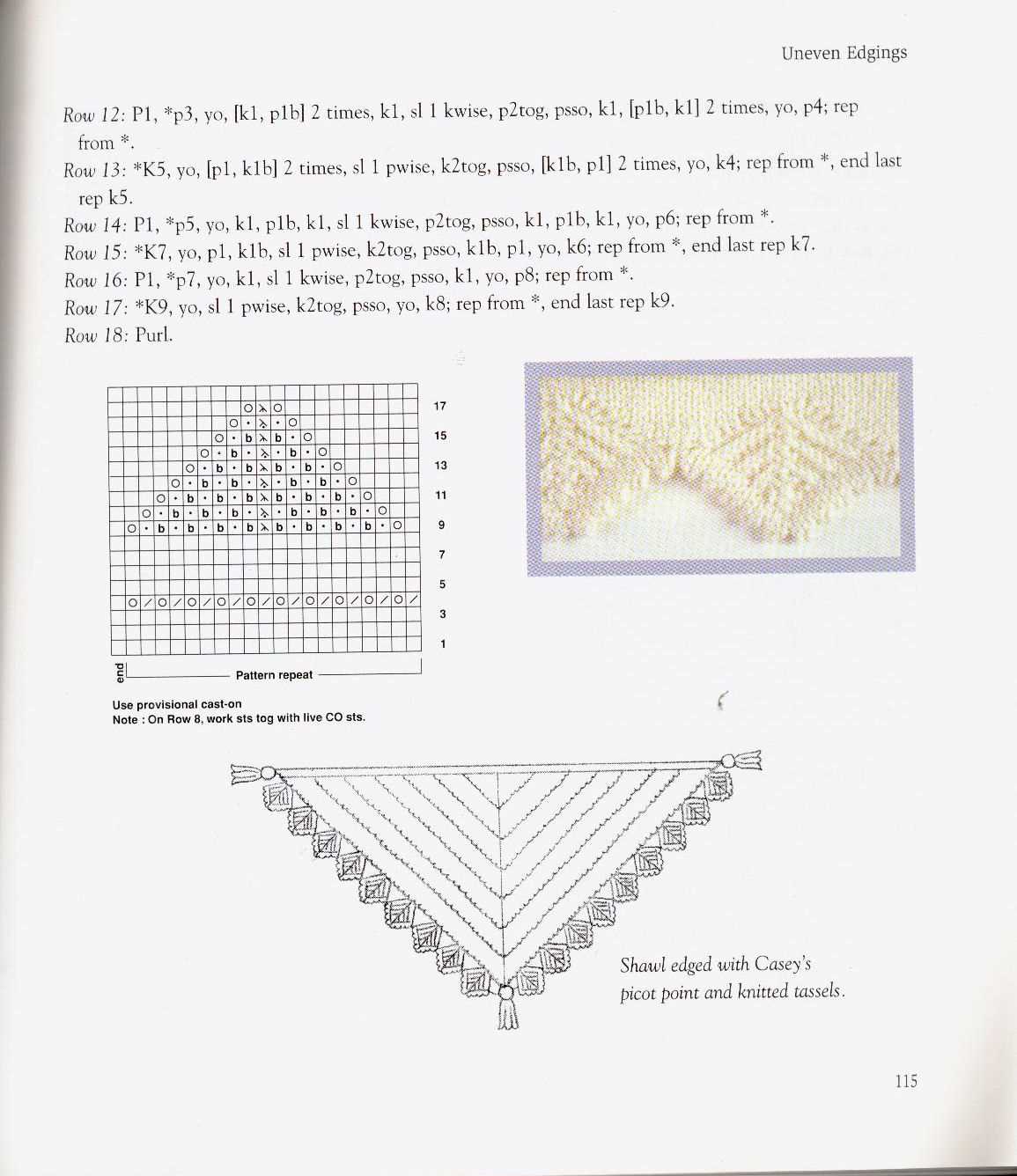
Tassels can add an elegant and bohemian vibe to your knitted creations. You can make tassels using embroidery floss, beads, or even ribbon. They can be attached to the corners of a shawl or the ends of a decorative pillow.
3. Buttons:
Buttons are a classic embellishment that can add both function and style to your knitting. You can choose buttons in various shapes, sizes, and colors to match or contrast with your knitted item. Use them to fasten cardigans, add a decorative touch to a hat, or even create buttoned cuffs on a sweater.
4. Appliques:
Appliques are small knitted motifs that can be attached to your projects to create visual interest. You can knit flowers, hearts, animals, or any other design that suits your style. Attach them to the front of a baby blanket, the back of a sweater, or even the brim of a hat for an eye-catching detail.
5. Ribbons and bows:
Adding ribbons or bows to your knitted items can give them a feminine and delicate touch. You can use satin or velvet ribbons and tie them around the waist of a knitted dress, the handle of a bag, or the brim of a hat. They can instantly elevate the look of your project and make it more stylish.
These are just a few ideas to get you started with knitting embellishments. Remember to have fun and experiment with different techniques and materials to create your own unique designs. Whether you choose pom-poms, tassels, buttons, appliques, or ribbons, adding embellishments to your knitting can take your projects to the next level and make them truly one-of-a-kind.
Knitting Embellishments for Clothing
Knitting embellishments are a great way to add personality and style to your handmade clothing. Whether you’re knitting a sweater, hat, or scarf, adding embellishments can elevate your design and make your garment stand out. There are a variety of knitting embellishments to choose from, including buttons, bows, embroidery, and appliques.
Buttons are one of the most common knitting embellishments and can easily be sewn onto your finished garment. They come in a wide range of shapes, sizes, and colors, allowing you to find the perfect button to complement your design. You can use buttons to add a pop of color or a touch of elegance to your clothing. Consider experimenting with different button styles to create unique and eye-catching looks.
Bows are another popular knitting embellishment that can add a playful and feminine touch to your clothing. Knit or crochet a bow and sew it onto your garment as a decorative detail. You can place a bow at the neckline, on a hat, or even as a belt for a dress or cardigan. Bows can be made with different types of yarn, such as silk or satin, to create different textures and finishes.
Embroidery is a versatile knitting embellishment that allows you to add intricate designs and patterns to your clothing. You can use different embroidery stitches to create flowers, animals, or geometric shapes on your knitted fabric. Embroidery can be done with contrasting yarn colors or with embroidery floss for a more detailed and vibrant look. You can also use beads or sequins to add extra sparkle to your embroidery.
Appliques are another way to embellish your knitted clothing. Appliques are small motifs that are knit separately and then sewn onto your garment. They can be in the form of flowers, animals, hearts, or any other design you can imagine. You can knit appliques using different yarns or even use scrap yarn to create colorful and unique designs. Appliques can be sewn onto the front, back, sleeves, or even collar of your garment to add a fun and personalized touch.
When adding knitting embellishments to your clothing, it’s important to consider the type of yarn and stitch pattern you’re using. Make sure your embellishments complement the overall design and don’t overpower the main focus of your garment. Experiment with different techniques and materials to find the perfect knitting embellishments that will make your clothing truly one-of-a-kind.
Knitting Embellishments for Home Decor
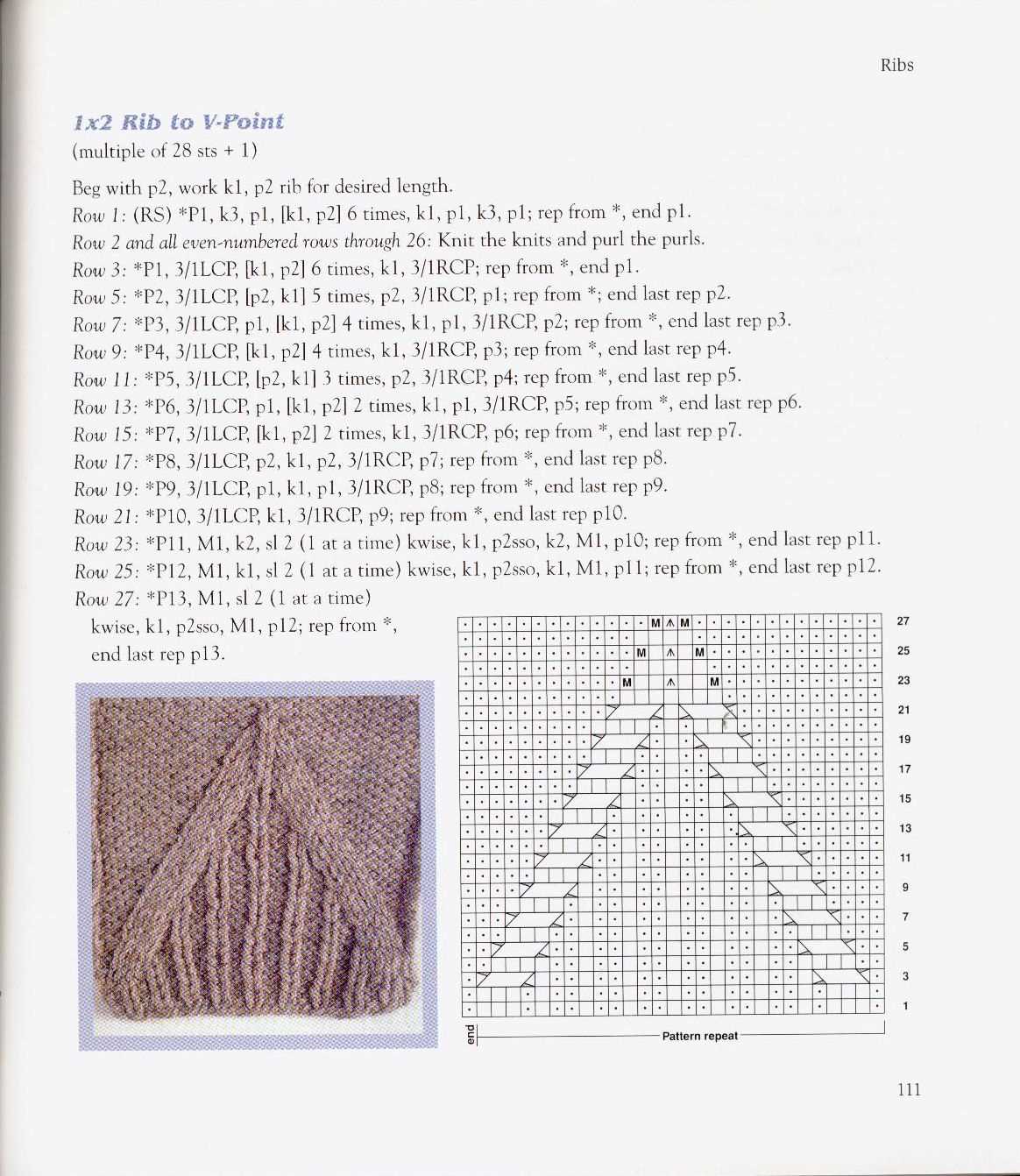
Adding knitting embellishments to your home decor can bring a unique and personal touch to your living space. Whether you’re looking to spruce up your pillows, blankets, or even furniture, there are endless options for creating beautiful and eye-catching designs.
One popular knitting embellishment for home decor is the cable pattern. This intricate design adds depth and texture to any knitted item, making it stand out as a focal point in the room. You can incorporate cable patterns into your throw pillows or even create a cable knit blanket to drape over your couch. The possibilities are endless when it comes to using cable patterns as a decorative element.
Another knitting embellishment idea for home decor is the pom-pom. These fluffy little balls of yarn can be added to the corners of a blanket, attached to the ends of a scarf, or even strung together to create a playful garland for your mantel. Pom-poms are a fun and easy way to add a pop of color and whimsy to your living space.
If you’re looking for a more delicate and intricate knitting embellishment, consider adding lace patterns to your home decor. Lace patterns can be used to create curtains, tablecloths, or even delicate doilies. These delicate designs can bring a touch of elegance and sophistication to any room.
Lastly, consider using knitting embellishments such as appliques or patches. These decorative elements can be used to add a personal touch to your pillows, blankets, or even upholstered furniture. Whether you choose to knit flowers, animals, or even letters, appliques and patches can be easily attached to your knitted items to create a unique and personalized look.
In conclusion, knitting embellishments are a great way to add personality and style to your home decor. Whether you choose to incorporate cable patterns, pom-poms, lace designs, or appliques, these decorative elements can transform your living space into a cozy and inviting environment. Get creative and have fun experimenting with different knitting embellishments to make your home truly one-of-a-kind.
Knitting Embellishments for Accessories
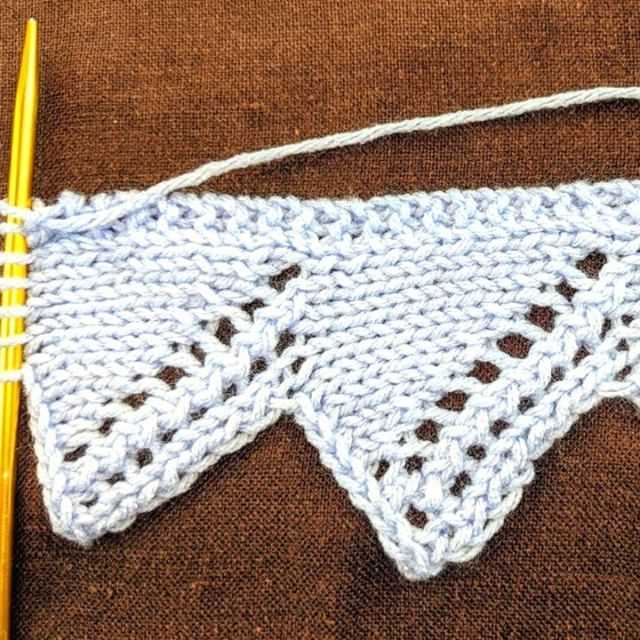
Adding embellishments to your knitted accessories can take them from ordinary to extraordinary. Whether you’re knitting a hat, scarf, gloves, or socks, there are many options for adding decorative details that will make your project stand out.
One popular embellishment technique is using bobbles or pom-poms. These fun and playful additions can be easily made by knitting a group of stitches into one stitch, then knitting them again on the next row. This creates a small ball of yarn that can be sewn onto the accessory. Bobbles and pom-poms add texture and dimension to your knitting, and can be made in different sizes and colors to match your project.
Ribbon or lace trim is another great option for adding embellishments to your accessories. You can easily sew a strip of ribbon or lace onto the edge of a hat or scarf to give it a feminine and delicate touch. This works especially well with lighter weight yarns and can be matched to the color of your project or used as a contrasting detail.
- Buttons and beads are classic embellishments that can add a touch of elegance or whimsy to your accessories. Sewing on a row of small buttons along the cuff of a glove, or adding a few beads to the edge of a hat, can create a unique and eye-catching look.
- Embroidery or appliqué is another option for adding decorative details to your knitting. You can use different colored yarns to create intricate patterns, or sew on fabric cutouts or patches to give your accessories a personalized touch.
In addition to these embellishments, you can also experiment with different stitch patterns to add interest to your accessories. Try knitting cables, lace, or colorwork to create unique and beautiful designs. You can also combine different stitch patterns to create your own custom embellishments.
When adding embellishments to your knitted accessories, it’s important to consider the function and practicality of the item. For example, if you’re knitting gloves or socks, make sure that any embellishments are securely attached and won’t get in the way of wearing or using the item. With a little creativity and imagination, you can transform your knitted accessories into one-of-a-kind pieces that you’ll be proud to wear or give as gifts.
Tips for Finishing and Incorporating Knitting Embellishments
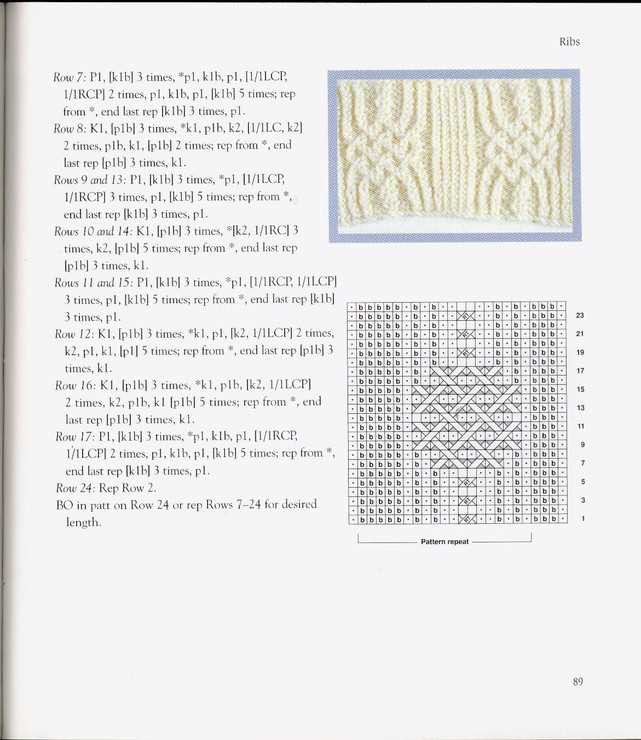
When it comes to finishing your knitting projects and incorporating embellishments, there are a few key tips to keep in mind. These tips can help ensure that your final product looks polished and professional.
Firstly, always make sure to weave in any loose ends and secure them tightly. You don’t want any loose threads sticking out of your finished project. Take the time to neatly weave them in using a tapestry needle, following the direction of the stitches. This will create a clean and seamless finish.
Here are some additional tips:
- Consider the placement: Think about where you want to incorporate your embellishments. Whether it’s adding buttons, beads, or embroidery, consider how it will enhance the overall design of your project. Take into account the shape and size of your finished item and choose the placement accordingly.
- Choose the right materials: Select embellishments that are suited to your knitting project. For example, if you’re knitting a soft and delicate baby blanket, opt for gentle and lightweight embellishments. If you’re knitting a chunky sweater, you can go for more substantial and eye-catching embellishments.
- Experiment with different techniques: Don’t be afraid to try out different knitting embellishment techniques. There are countless ways to add texture and visual interest to your work. Whether it’s through cabling, lace knitting, or colorwork, explore different techniques and see which ones you enjoy the most.
- Consider the maintenance: Keep in mind that some embellishments may require special care or maintenance. For example, if you’re adding sequins or delicate beads to a garment, you may need to hand wash or spot clean it instead of throwing it in the washing machine. Consider the longevity and practicality of your chosen embellishments.
Overall, finishing knitting projects and incorporating embellishments is a chance to bring your creativity and personal touch to your work. Take your time, consider the details, and enjoy the process. With these tips in mind, you’ll be able to create stunning and unique pieces that showcase your skills and individual style.